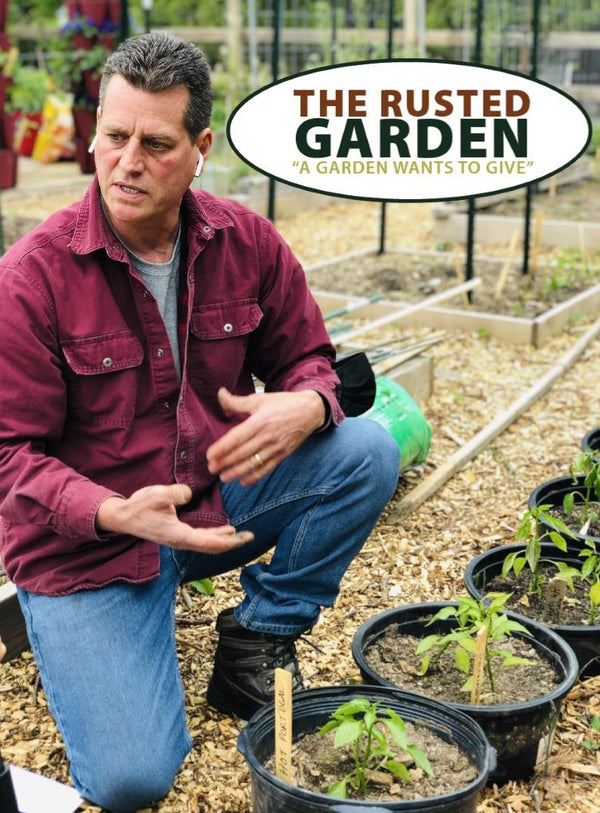How to Make An Aspirin Spray & Drench for Tomatoes: Activate Natural Defenses & Use Less Chemicals!
Publicado por Gary Pilarchik en
I spent some time last year using aspirin to manage tomato diseases before the diseases showed. I was not vigilant about the routine, but can say my aspirin treated tomato plants did better than the untreated tomatoes. Early blight is a disease that gets tomatoes in my area. Last year the blight came, but it appeared to do a lot less damage to the treated tomatoes. The treated tomatoes also seemed to recover more quickly. This year I intend to follow a strict routine of aspirin drenching and spraying. I have seen enough of a benefit over the years using aspirin, that I will continually use it as a preventative disease measure.
The acetyl salicylic acid found in aspirin binds to a receptor site in the cells of the tomato plant. Essentially, the salicylic acid mimics the chemical trigger(s) that sets off the natural defense response in tomatoes. It is technically called the salicylic acid-binding protein 2 (SABP2) gene. It was discovered by scientists at the Boyce Thompson Institute for Plant Research out of Cornell University.
The use of aspirin (for the salicylic acid) to grow healthier tomatoes has a scientific bases. Spraying or watering plants with an aspirin solution triggers their natural defense systems that fight bacteria, fungi, and viruses. What you are doing by using aspirin in your garden is triggering the tomatoes to fight off diseases and threats early. You are turning on all the natural defense systems of the tomato plant before a threat actually arrives.
A few years ago, I planted my tomatoes with aspirin in the soil (now I make a drench) and also directly sprayed the leaves with the aspirin solution. I may just spray the foliage of the plant or use a watering container. Any of these ways work to introduce the aspirin to the tomato plants.
I plan to plant the tomatoes as I normally do and let them grow for 4 weeks. At four weeks, they will get their first dosing of aspirin water. I will follow up with dosing each plant every 2 weeks. Each plant will get drenched or sprayed. I will stop dosing the plants come September.
Check out my Garden Journal as it is perfect for writing down your recipes and tracking data. The cover is plastic.
The mix that I am going to use is one regular strength aspirin per gallon of water for a spray and two regular strength aspirins per gallon for a drench. The strength of a regular aspirin is typically 325 mg. The aspirin should not be safety coated. You add just under 1 teaspoon of dish soap to the gallon of water. In theory this to help stick the solution to the plant. I don’t believe it is needed. The plant will be able to absorb the salicylic acid through its leaves and through its roots. From what I understand the salicylic acid will easily find its way to the plants receptor sites.
If you want to try this out on your tomatoes, I suggest leaving some untreated. See if you notice a difference and keep spray and recipe journal. The tomatoes will have to be planted in different locations in your garden. The treated tomatoes will have aspirin water running all over the immediate garden area. All plants that have roots in the treated area will be getting the aspirin treatment
Materials:
A (1) or (2) gallon sprayer.
Mild Soap Detergent (if desired)
325 mg Aspirin with NO Coating
One 325 mg aspirin crushed and dissolved in (1) gallon of water for a spray or two 325 mg aspirin in (1) gallon of water for a drench
½ teaspoon of mild soap detergent to help the spray stick
The Aspirin Spray Routine: Spray or drench you experimental tomato or tomatoes every 14 days with the aspirin spray mix.
Compartir esta publicación
- Etiquetas: Aspirin, Garden Sprays, Growing Tomatoes, Sprays
